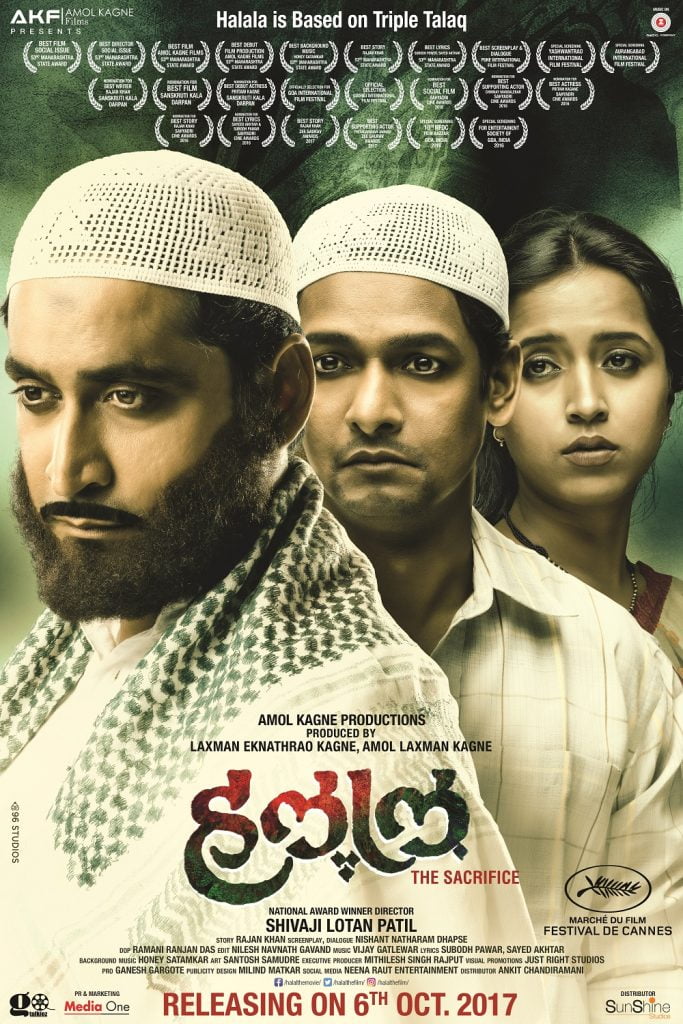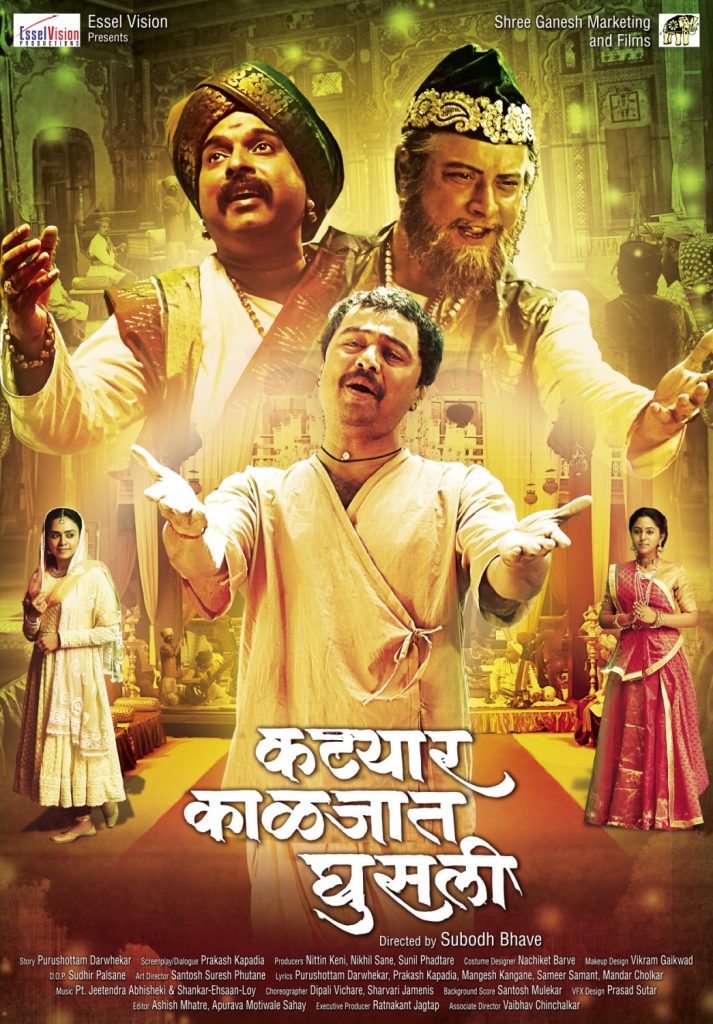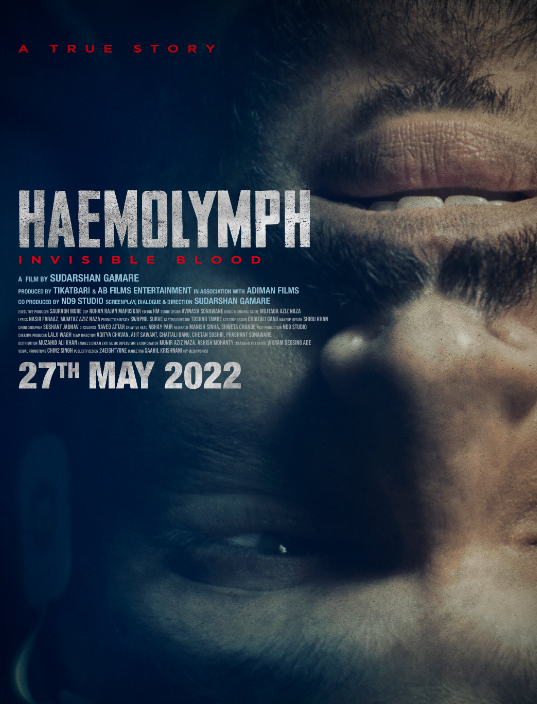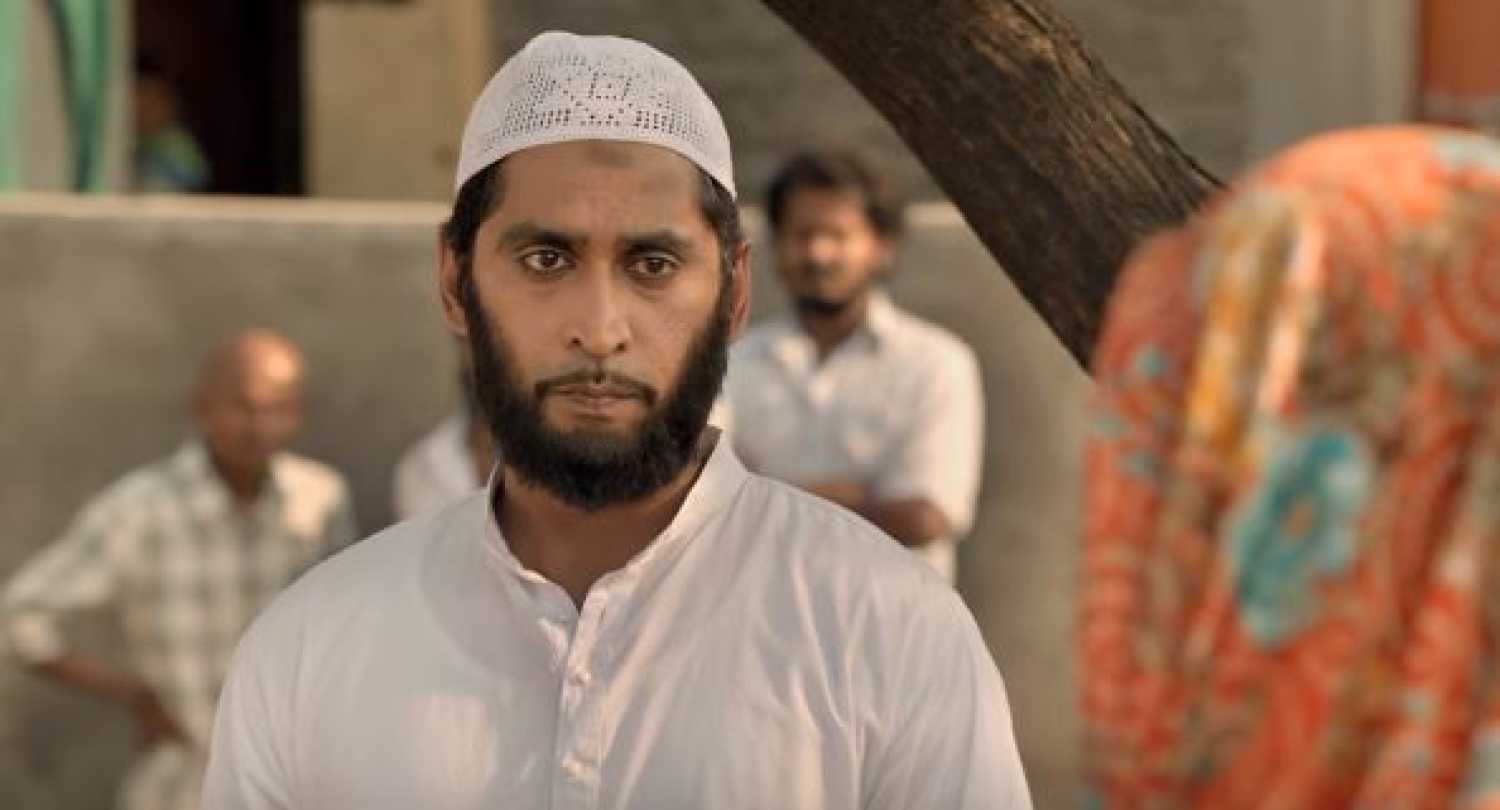Despite blooming in the city of dreams, the Marathi film industry has not given equal representation to different religious identities, cultures and beliefs. Bollywood often shows Indian Muslims with negative and positive stories, but the regional Marathi industry does not offer the bare minimum ‘space,’ to other religious identities and is accused of being dominated by Brahmins. Regardless of the critically acclaimed gems like ‘Ubarntha,’ (1982), ‘Samaantar,’ (2021), ‘Natsamrat,’ (2016) and many more, what shoves the Marathi Film Industry ‘low in the list,’ is its discriminatory criteria.
Muslims are the second largest population in Maharashtra and ‘Marathi Muslims,’ have grown with their ‘distinct identity,’ due to mixed culture, use of vernacular and Maharashtrian customs. Still, from acting and direction to music and screenwriting, Muslim identity in Maratha Cinema stands on miserable margins. Even when finding a space, Muslims face mainstream stereotypes where they are shown Muslims through ‘taveez,’ ‘surma,’ and ‘biryani,’ in middle-class, lower-middle-class or lower-class backgrounds. They are often presented as conventional and poor people who never rule the plot until there is a political motto or negative intention.
The politics behind negative portrayals of Muslims
‘Halal,’ released in 2017 is an example of the negative portrayal of Muslim identity in the regional Marathi cinema that unveils the connection of political propaganda and cinematic art. Directed by Shivaji Lotan Patil, ‘Halal,’ tells the story of a Muslim woman who suffers the tyranny of ‘Halala,’ and the ‘Teen-Talaq,’ traditions. The story matches the central plot of the Bollywood blockbuster ‘Nikaah,’ (1982) but the characters shown here belong to an economically deprived class, making the woman protagonist look more devastated.

Placing the divorced woman ‘Halim,’ between her husband and the Maulana, the film questions patriarchal traditions with a perspective that is less retributive and more inclined towards the current propaganda-oriented politics of using social issues of the minority communities to mould voting behaviours. By mixing up the themes of domestic violence, misogyny and illiteracy with religious principles, the film comes as an odd representation of ‘Maratha Muslims.’ Although Muslim women are shown in ‘saree,’ rather than ‘salwar-kurta,’ ‘gharara,’ or ‘sharara,’ highlight the cultural bonds between the two communities.
Another film ‘Me Shivajiraje Bhosale Boltoy,’ (2009) depicts the story of a clerk Dinkar (Sachin Khedekar) who is looking for the ‘Maratha Pride,’ in the metropolitan population. Pondering over the downfall of society, he emerges as a hero and attains guidance from the spirit of Chhatrapati Shivaji Maharaj to fight the evil forces. Usman Parker, the only Muslim character shown in the film is a don, who highlights the anti-Muslim stereotypes.
Using the story of Shivaji and the festivity of the great Ganpati Utsav to increase the communal gap is a fascist trend that does not allow an honest and genuine depiction of the issues and struggles of the entire Marathi community.
More rigidity and less compassion towards different audiences make the industry less progressive and more regressive. This narrow-mindedness towards subjects can be seen as one of the pivotal reasons behind the failure and inaccessibility of Marathi cinema. Just like languages, films also need a welcoming heart to develop new narratives and grow with time, on the other hand, discrimination can mess up the cinematic allure one expects from watching films.
Positive portrayals of Muslims in the Marathi cinema
Katyar Kaljat Ghusali (2014) can be perceived as an important film because it talks about the role of Indian Muslims within the heirloom of Indian Classical Music. The ‘Khan Saheb Aaftab Hussain Bareilly Wale,’ (Sachin Pilgwankar) and Pandit Bhanu Shankar Shastri (Shankar Mahadevan) are shown as musical rivals in the film. Khan Saheb is a bit egoistic but he excels his art and dominates the frames. The story revolves around the annual prize of a dagger that is given to the ‘Shahi-Gayak,’ (royal singer) for self-defense.

The good bonding between Muslims and lower-caste communities and the decent depiction of the Muslim Identity often come together in Marathi films because they both have been targeted and suppressed by the hegemony of a particular cult in society and the film arena. Whenever the industry has sneaked a peek into the themes of social justice the historic scars of inequality have faded for a while.
Sairat, (2016) a soul-stirring love story of lovebirds who bloom in between cruel class struggles comes up with a Muslim character, Saleem Sheikh (Arbaaz Sheikh) who supports his friend against the caste-based, patriarchal and highly materialistic culture.
Kasturi, (2019) is also a notable Marathi film that depicts the beautiful friendship between a man of lower class and his Muslim friend. The blistering issue of ‘untouchability,’ here opens the knots of parallel emotions through the leading character, a sewage worker who wants to get rid of the ‘smell.’ His Muslim friend supports his journey.
Yere Yere Pavsa (2022) is another astonishing story in which Hindu and Muslim children share a deep bond against political polarisations. During the time of drought when the ‘Hindu-Muslim riots,’ incite in a village, children of both communities help their elders by dragging water from the nearest lake.
There is a lot to learn and more to unlearn to attain creative integrity. Because the lack of Muslim representation is also a big ‘loss,’ for Marathi filmmakers. To make good cinema, good stories are needed, and these good stories come from the everyday realities, ground struggles and real dreams of common people.
Possibilities of change: between the Marathi theatre and the Silver Screen
Mythological, comedy and action films rule the Marathi film industry with abundant cult-classics and folk-art-based stories, on the other hand, Marathi theatres are dominated by Ambedkarite and progressive-experimental artists who use art to invoke change in society. Marathi theatre groups have been very welcoming towards inclusive values. They also ensure cinematic honesty while stepping into the film Industry through the internet revolution. Evolving through the past few years, the Marathi industry has grabbed some eyeballs under the influence of this wave of change.

Seeking justice and equality, the honest depiction of Muslim Identity is only possible through equal exposure of all the suppressed communities in the art arena. Studies have unveiled that the depiction of Indian Muslim identity in a negative light intends to portray Muslims as secondary citizens while boosting jingoist nationalism and harking back to the Indo-Pak Partition. Being the hotspot of the fascist powers, Maharashtra is also obsessed with the depiction of Brahmanist rituals as national rituals.
Haemolymph (2022) (Invisible Blood) by Sudarshan Gamare is a perfect example of how the marginalised backgrounds are slowly rectifying the dais to raise their voices. This film showcases the story of Wahid din Mohammed Shaikh who was one of the accused in the 7/11 Mumbai blasts. The system wasted his precious years due to his Muslim Identity and then the court gave him a clean chit.
Indeed, the pain of Maratha Muslims has been like ‘invisible blood,’ that exists without finding a space. They connect to the untouchable communities in cinema because they have witnessed an ‘artistic untouchability,’ towards them.
About the author(s)
Mariyam (she/her) has a thirst for journalistic and creative stories that consist of feminist, humanitarian, contemporary or artsy themes. She hails from a Political Science, English Literature academic background and an Urdu-Hindi crux.
For her, words are a visionary sovereignty to stand on and find the meaning of being while journalism is the only place where truth comes with utmost clarity, facts and data. When not weaving pointy narratives or poetic expressions, she loves mingling with cats or delving into photography, cinema, music, daydreaming and stargazing.





